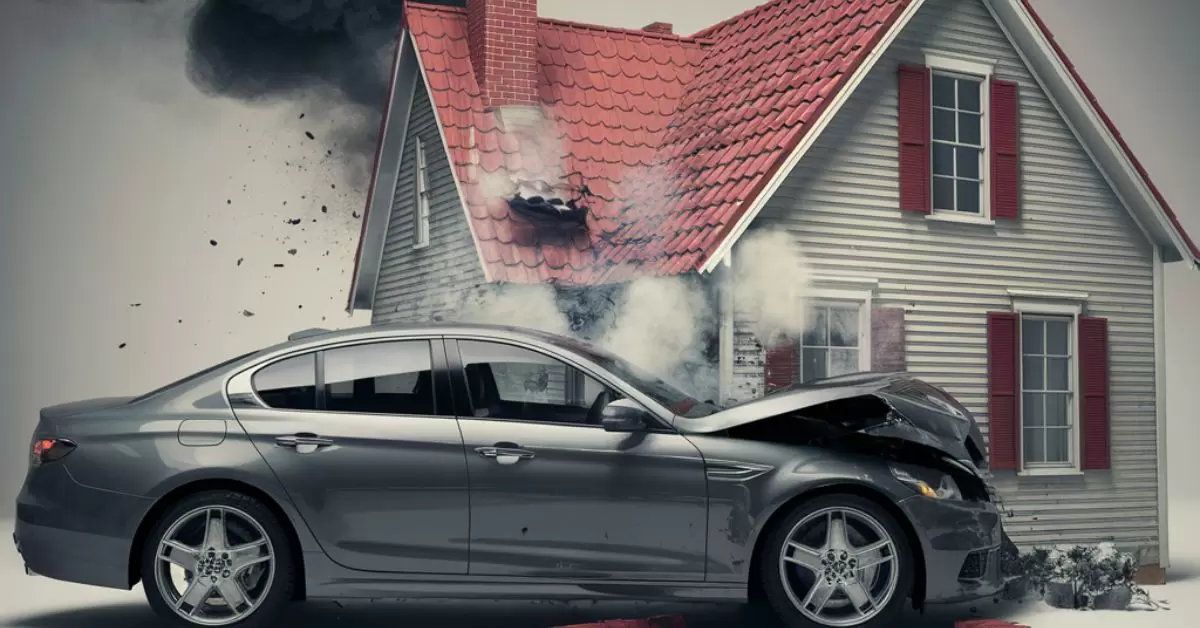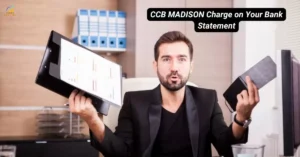When you hop behind the wheel, the last thing on your mind is that you may crash into someone’s house. However, due to the unpredictable nature of life, we have to be ready for any situation. You are not alone if you have ever thought that does car insurance cover hitting a house?
The consolidation of auto insurance, property damage, and personal liability is a puzzle for many drivers. Car insurance is complicated and needs to be explained in detail if we want to protect ourselves and our stuff. Let’s uncover the meaning of what is being said.
Understanding Your Car Insurance Coverage
Before we can tackle this matter in which a car hits a house, we need to determine the various forms of automobile insurance that are relevant. The policy you purchase acts as a protection system, yet its integrity varies according to the level of protection you select.
Types of Auto Insurance That Might Apply
- Liability coverage: This is the backbone of most auto insurance policies. It’s designed to protect you financially if you’re at fault in an accident that damages someone else’s property or injures another person.
- Collision coverage: This type of extra insurance, which is not required, will cover damage made to your car during an accident, irrespective of the party that was responsible.
- Property damage coverage: Part of liability insurance, which specifically shields against destruction you cause to other person’s belongings – such as homes.
Here’s a quick breakdown:
| Coverage Type | What It Typically Covers |
| Liability | Other people’s property and injuries |
| Collision | Your own vehicle’s damage |
| Property Damage | Damage to others’ property (e.g., houses, fences) |
Factors That Influence Coverage
The kind of insurance you possess is not all about your coverage. The possibility that your policy will cover hitting a house can be influenced by different factors:
- Your specific policy terms: Like snowflakes, no two insurance policies are exactly alike. The details are important so it will differ a lot about what is protected.
- The circumstances of the accident: Was it a freak ice storm or did you fall asleep at the wheel? The “how” matters as much as the “what” in insurance claims.
- State laws and requirements: Every state has its own way of regulating insurance which may see a variation in terms of minimum coverage requirements and claim handling.
“The best way to understand your coverage is to read your policy carefully and ask questions. Don’t wait until after an accident to find out what’s covered.” – Insurance expert Jane Doe
When Car Insurance Typically Covers Hitting a House
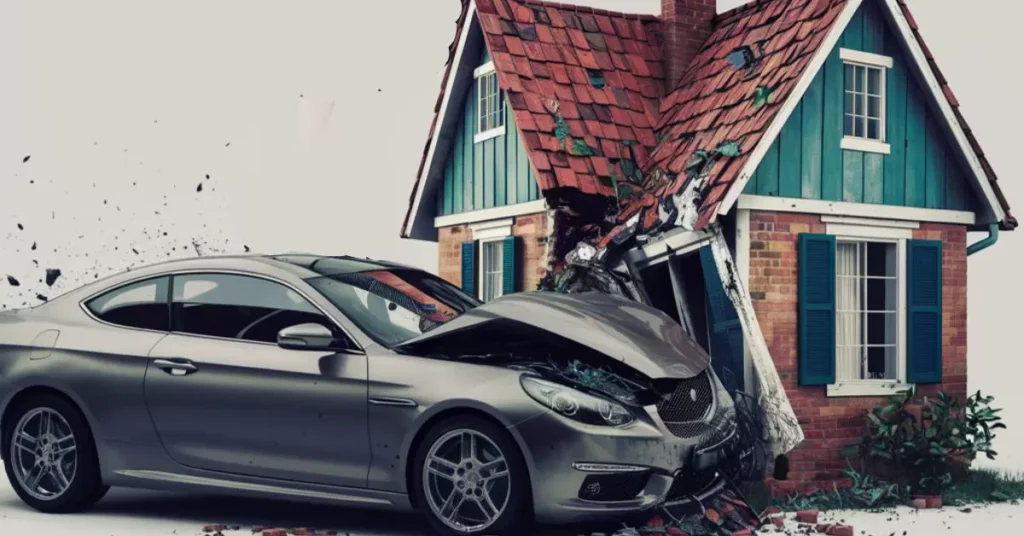
Now we must address the core of the issue. In many instances, your auto insurance may pay for striking a house but not in every case.
Scenarios Where You’re Likely Covered
- Accidents due to sudden mechanical failures: If your brakes suddenly fail and you careen into a house, your insurance is likely to cover it.
- Avoiding other hazards on the road: Swerving to miss a child or animal and hitting a house instead? You’re probably covered.
- Weather-related incidents: Black ice sending you sliding into someone’s living room? That’s usually covered too.
These scenarios fall under the umbrella of “accidents” – unintentional events that your insurance is designed to protect against.
The Claims Process for House Collisions
If you do find yourself in the unfortunate position of having turned someone’s house into a drive-through, here’s what you need to do:
- Ensure everyone’s safety: Check for injuries and call emergency services if needed.
- Document everything: Take photos, get witness statements, and jot down your recollection of events.
- Contact your insurance company: Report the accident as soon as possible.
- Cooperate with adjusters: They’ll assess the damage to both your car and the house.
- Keep records: Save all correspondence and receipts related to the incident.
Remember, the claims process can be like navigating a maze. Patience and thorough documentation are your best tools.
Related Article: Does Your Car Insurance Cover Gearbox Failure? Find Out Now!
Situations Where Your Car Insurance Might Not Cover Hitting a House
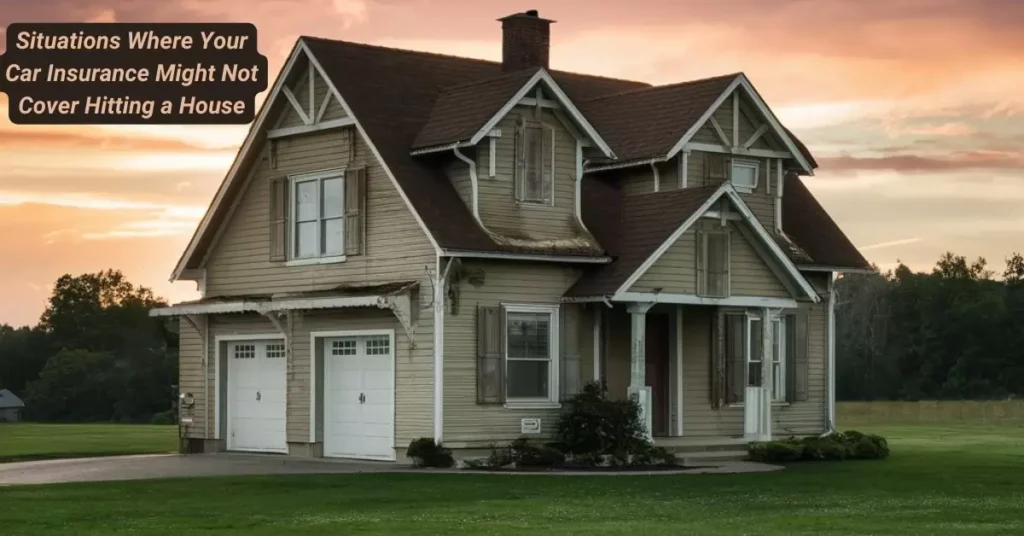
While car insurance often comes to the rescue, there are situations where you might find yourself out of luck.
Exclusions and Limitations
- Intentional acts: If you deliberately drove into the house, you’re on your own. Insurance doesn’t cover intentional damage.
- Driving under the influence: Many policies have exclusions for accidents that occur while the driver is intoxicated.
- Policy lapses or non-payment: No active policy means no coverage, period.
What Happens If You’re Underinsured?
Being underinsured is like bringing a knife to a gunfight – you’re woefully underprepared. If the damage exceeds your coverage limits, you could be on the hook for the difference. This might mean:
- Paying out-of-pocket for repairs
- Facing lawsuits from the homeowner
- Potential wage garnishment or asset seizure
It’s a stark reminder of why adequate coverage is crucial.
Homeowners Insurance: The Other Side of the Equation
When a car hits a house, it’s not just about the driver’s insurance. The homeowner’s policy plays a role too.
How Homeowners Insurance Factors In
Typically, the homeowner’s insurance will cover damage to the house itself. This might include:
- Structural damage repairs
- Replacement of damaged personal property
- Temporary living expenses if the home is uninhabitable
However, the insurer for the homeowner will not simply pay for it and forget about it. They will most likely try to get compensated back from driver’s insurance company by using subrogation process.
Related Article: Does Car Insurance Cover Brakes? What You Need to Know
When Both Insurances Come into Play
The dance between auto and home insurance in these cases can be complex:
- The homeowner files a claim with their insurance for immediate repairs.
- For the damage, the homeowner’s insurance pays out.
- Thus, the insurance company of the homeowner claims money back from the auto insurer of the driver.
- If successful, the homeowner may be reimbursed for their deductible.
This procedure makes sure that the homeowner doesn’t remain in doubt while insurance organizations are fighting on it.
Protecting Yourself: Tips to Ensure Adequate Coverage
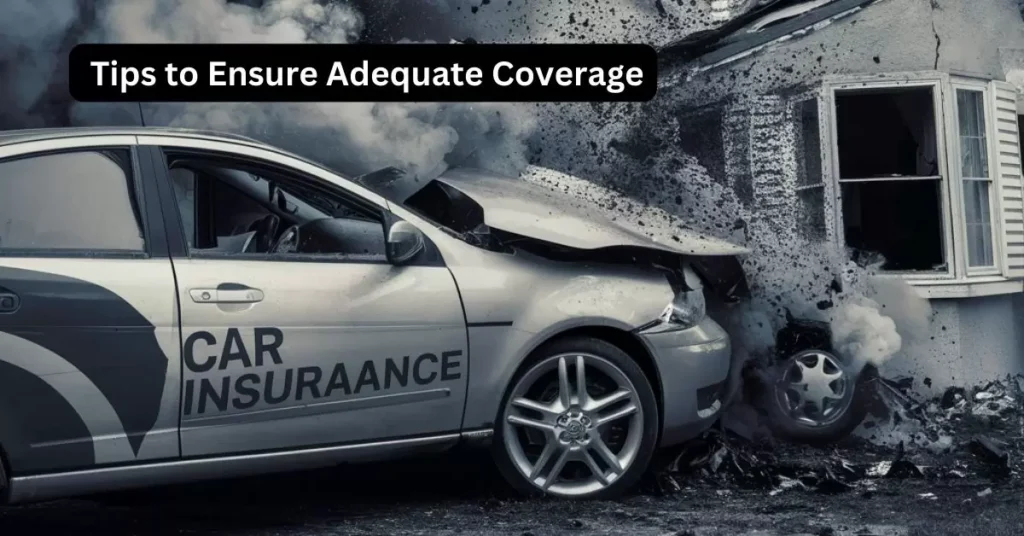
Prevention is better than cure, and in the world of insurance, that means having the right coverage before you need it.
Reviewing Your Current Policy
Take a good, hard look at your current auto insurance policy. Here’s what to focus on:
- Liability limits: Are they high enough to cover significant property damage?
- Exclusions: What scenarios aren’t covered?
- Deductibles: How much would you need to pay out-of-pocket in a claim?
There’s no need to hesitate to call your insurance agent and ask them anything on your mind. They are supposed to clarify things concerning your coverage.
Additional Coverage Options to Consider
Sometimes, standard coverage just isn’t enough. Consider these options:
- Umbrella policies: Besides auto or home insurance limits, these offer additional liability coverage.
- Increased liability limits: Raising your coverage limits can help you achieve that peace of mind for just a minimal increase in the premiums.
“An umbrella policy is like carrying an extra parachute. You hope you never need it, but you’ll be glad you have it if you do.” – Financial advisor John Smith
Case Study: The $300,000 Mistake
Let’s look at a real-world example to drive home the importance of adequate coverage:
In 2018, an out-of-control driver crashed into an historic house in the Chicago suburbs. The damage was considerable, leading to important structural restorations as well as period-related repair. How much did it cost? An overwhelming $300,000!
Only $100,000 was the limit for damages to the vehicle in this case. Thus he or she was personally liable for $200,000. Due to this, a long trial ensued ending with a payment schedule which would last for years before completion.
This case underscores the importance of not just having insurance, but having enough insurance.
Frequently Asked Questions
What type of car insurance covers hitting a house?
Every basic car insurance policy comprises an element called property damage liability that is primarily designed for framing houses through vehicular collisions. The coverage will pay for the damages caused by you on other individuals’ properties such as houses.
Will my insurance rates increase if I hit a house with my car?
Most likely, yes. Accidents resulting in significant property damage often lead to rate increases. The exact amount will depend on factors like your driving history and the extent of the damage.
How much coverage do I need to protect myself if I hit a house?
Many experts recommend carrying at least $100,000 in property damage liability. But with high home repairs, it might be better to think about increasing the limits or adding an umbrella policy for extra protection.
Can I be sued if my car insurance doesn’t fully cover the house damage?
In case if your insurance does not cover all costs related to damages, then the remaining amount could be sued by homeowners. That is why it becomes important to have sufficient coverage as a safeguard for individual possessions.
Does car insurance cover hitting a house if I was avoiding an accident?
In most cases, yes. Your insurance must pay if you swerved to save yourself from another crash and hit a home instead. It pertains to that section of mishaps which the insurance covers.
Final Thoughts
Thus, the question arises – does car insurance cover hitting a house? The answer is a qualified yes, as we’ve seen. Many times, if you hit someone’s house with your car it will be covered under your auto policy. Nevertheless, the scope of this coverage and if you’re even covered at all differs depending on many reasons.
Key takeaways:
- Understand your current coverage inside and out
- Consider increasing your liability limits or adding an umbrella policy
- Always drive safely and responsibly
- If an accident happens, document everything and contact your insurer immediately
Remember, the best insurance policy is the one you have before you need it. Take the time to review your coverage now, and you’ll thank yourself later if the unthinkable happens.

I write professional blogs specializing in car insurance. My content delves into various aspects of insurance policies, providing valuable insights and tips for choosing the best coverage. My goal is to make complex insurance topics accessible and engaging for all readers.
